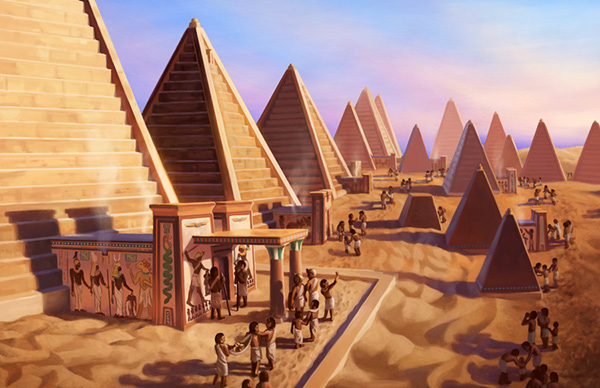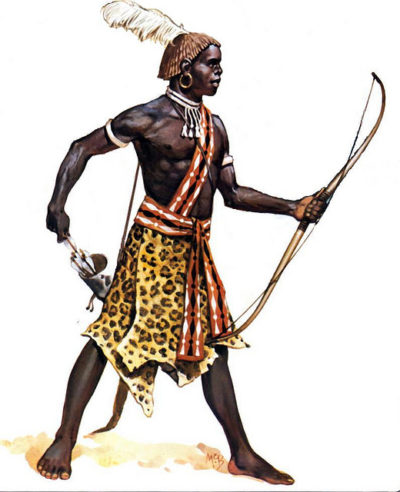I came across the creation story of the Enuma Elisha today while watching Billy Carson. I decided to add this story to my musings about Seshat since my fiirst born son's name is Elisha (born around the Asian New Year), its for the New Year Festival, and its from 7 tablets. Therefore, it must be related to Seshat right? of course, glaringly so!
The Enuma Elish is Akkadian. "Akkadian is an extinct Semitic language - meaning that it has no speakers and is not used anymore (in other words, it is a dead language). It was used from mid-3rd millenium BC to the 8th century BC." Akkadian 𒂊𒉡𒈠𒂊𒇺 (Enûma Eliš), literally 'when on high'


The Seven tablets were like a written program of the festival. This is what the 7 tablets looks like:
It was found over a century ago in a ruined Library of Ashurbanipal at Nineveh (Mosul, Iraq). Mosul is about 250 miles North of Baghdad. Mosul stands on the west bank of the Tigris River, opposite the ancient Assyrian city of Nineveh on the east bank. Iraq is where the US went to war and many on the fringe complained that it was for the relics and artifacts, not what was stated. That the real fight was a battle for things unspoken. There were even reports of UFOs. Many ancient sites were destroyed in the process of this fighting among men and soldiers. The battle has been with none other than ISIS. Think what you wish about this but lets put things in context, shall we?.. I digress.
Back to the House of Books or Library of Ashurbanipal which was established inthe 7th century BC. It was found in modern times in 1849 and most of the tablets are at the British Museum. Ashurbanipal was a scribe and he hired scribes and scholars to travel and copy text. He was in contact with Africans. He was known for using stolen objects from his wars to stock his library. He emassed over 30,000 tablets, of particular interest to him was divination text. Ashurbanipal's father, Esarhaddon,also known as King of Kings among his people, had conquered Egypt in 671 BCE but the Egyptians had revolted soon after, he died just before reaching to Egyptian border to save the Assyrians from the Egyptians revolt. Esarhaddon had faught the Pharaoh Tirhakah/Taharka, King of Kush and Egypt, but had not killed him. Tirhakah’s family had been brought back as captives to Nineveh and remained there but he and his extended family had fled south to Nubia. He boasted about taking Taharka's wife. At the end ofhis telling of his side of the story he echos sentiments found in the Quran an in Revelations 22:19, sursing whoever adds or takes away from his story where instead of mentioning Tree of Life, he says Istar. In the Hebrew Tanakh (the Christian Old Testament) Ashurbanipal is called As(e)nappar or Osnapper (Ezra 4:10), while the Greeks knew him as Sardanapolos and the Romans as Sardanapulus.
The Enuma Elis is from the Akkadian era. It means "when on high" or "when skies above". Kinda like the story of Elisha in the Bible whose father (maybe literally, maybe figuratively) was taken up to heaven in a whirlwind. In 2nd Kings 2 Elisha picks up a device that fell off of Elijah as he was beemed up by God. Elisha used this device to part water, in a similar way that Jesus did in other books. Then men bowed down to him. This is another UFO story from biblical times. When I named my son it was because of the bible. After I read the pregnancy test the bible fell and when I looked down to the page my eyes first saw Elisha, a name I hadnt seen before. Then when I lift the bathroom the TV had Elisha on the screen, so I said, ok, I will name this child Elisha, not knowing if it was a name for a girl or a boy or if I would be having a girl or boy. Luckily everything lined up.
Elisha said a strange thing. 2 Kings 2:9 Elijah said to Elisha, “Tell me what I can do for you before I am taken from you.” So Elisha answered, “Please, let me inherit two shares of your spirit.” Two shares is the inheritance of blessing for the firstborn son.Interestingly enough in the Enuma Elish there is a division of 2. Could the author one one story have been harkening on older text? In the Elish Tiamat takes the form of a gigantic snake, and Marduk/Bel (Babylon) battles and defeats her using an arsenal of super-weapons. After his victory Marduk is made the leader of the Gods by acclamation.
"Tiamat was the "shining" personification of salt water who roared and smote in the chaos of original creation. She and Apsu filled the cosmic abyss with the primeval waters. She is "Ummu-Hubur who formed all things"."
Elisha of the bible in 2 Kings also has a salt story. 2-19 happens to by my son's birthday so I thought this correlation between the two text was interesting. "19 Then the men of the city said to Elisha, “Even though our lord can see that the city’s location is good, the water is bad and the land unfruitful.” 20 He replied, “Bring me a new bowl and put salt in it.” After they had brought him one, 21 Elisha went out to the spring of water, threw salt in it, and said, “This is what the Lord says: ‘I have healed this water. No longer will death or unfruitfulness result from it.’” 22 Therefore, the water remains healthy to this very day according to the word that Elisha spoke."

High priest of the god Ashur was integral to the New Year festival. This event was secret and not really for commoners.

The Enuma Elish is Akkadian. "Akkadian is an extinct Semitic language - meaning that it has no speakers and is not used anymore (in other words, it is a dead language). It was used from mid-3rd millenium BC to the 8th century BC." Akkadian 𒂊𒉡𒈠𒂊𒇺 (Enûma Eliš), literally 'when on high'
The Seven tablets were like a written program of the festival. This is what the 7 tablets looks like:

It was found over a century ago in a ruined Library of Ashurbanipal at Nineveh (Mosul, Iraq). Mosul is about 250 miles North of Baghdad. Mosul stands on the west bank of the Tigris River, opposite the ancient Assyrian city of Nineveh on the east bank. Iraq is where the US went to war and many on the fringe complained that it was for the relics and artifacts, not what was stated. That the real fight was a battle for things unspoken. There were even reports of UFOs. Many ancient sites were destroyed in the process of this fighting among men and soldiers. The battle has been with none other than ISIS. Think what you wish about this but lets put things in context, shall we?.. I digress.
 |
| Ashurbanipal as High Priest |
The Enuma Elis is from the Akkadian era. It means "when on high" or "when skies above". Kinda like the story of Elisha in the Bible whose father (maybe literally, maybe figuratively) was taken up to heaven in a whirlwind. In 2nd Kings 2 Elisha picks up a device that fell off of Elijah as he was beemed up by God. Elisha used this device to part water, in a similar way that Jesus did in other books. Then men bowed down to him. This is another UFO story from biblical times. When I named my son it was because of the bible. After I read the pregnancy test the bible fell and when I looked down to the page my eyes first saw Elisha, a name I hadnt seen before. Then when I lift the bathroom the TV had Elisha on the screen, so I said, ok, I will name this child Elisha, not knowing if it was a name for a girl or a boy or if I would be having a girl or boy. Luckily everything lined up.
Elisha said a strange thing. 2 Kings 2:9 Elijah said to Elisha, “Tell me what I can do for you before I am taken from you.” So Elisha answered, “Please, let me inherit two shares of your spirit.” Two shares is the inheritance of blessing for the firstborn son.Interestingly enough in the Enuma Elish there is a division of 2. Could the author one one story have been harkening on older text? In the Elish Tiamat takes the form of a gigantic snake, and Marduk/Bel (Babylon) battles and defeats her using an arsenal of super-weapons. After his victory Marduk is made the leader of the Gods by acclamation.
"Tiamat was the "shining" personification of salt water who roared and smote in the chaos of original creation. She and Apsu filled the cosmic abyss with the primeval waters. She is "Ummu-Hubur who formed all things"."
Elisha of the bible in 2 Kings also has a salt story. 2-19 happens to by my son's birthday so I thought this correlation between the two text was interesting. "19 Then the men of the city said to Elisha, “Even though our lord can see that the city’s location is good, the water is bad and the land unfruitful.” 20 He replied, “Bring me a new bowl and put salt in it.” After they had brought him one, 21 Elisha went out to the spring of water, threw salt in it, and said, “This is what the Lord says: ‘I have healed this water. No longer will death or unfruitfulness result from it.’” 22 Therefore, the water remains healthy to this very day according to the word that Elisha spoke."

High priest of the god Ashur was integral to the New Year festival. This event was secret and not really for commoners.

























